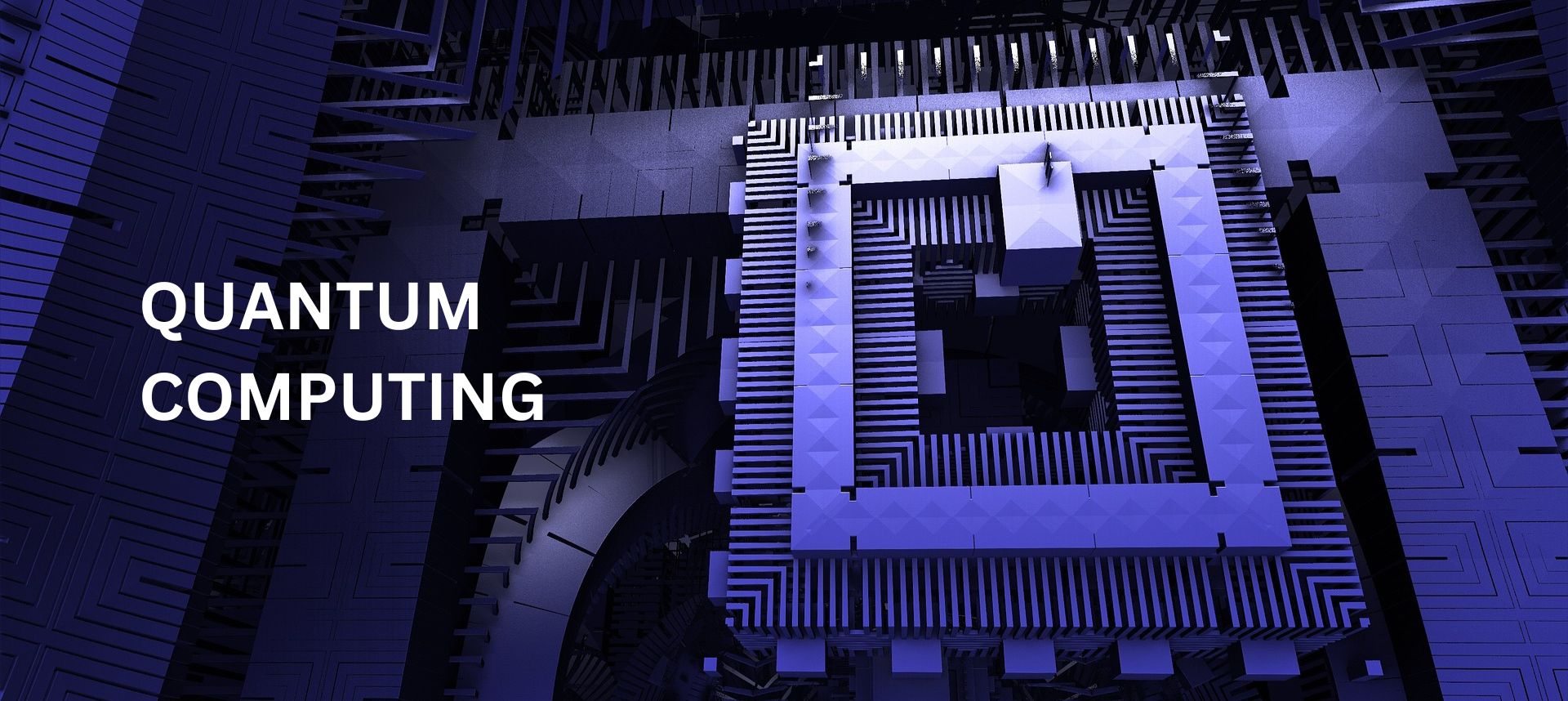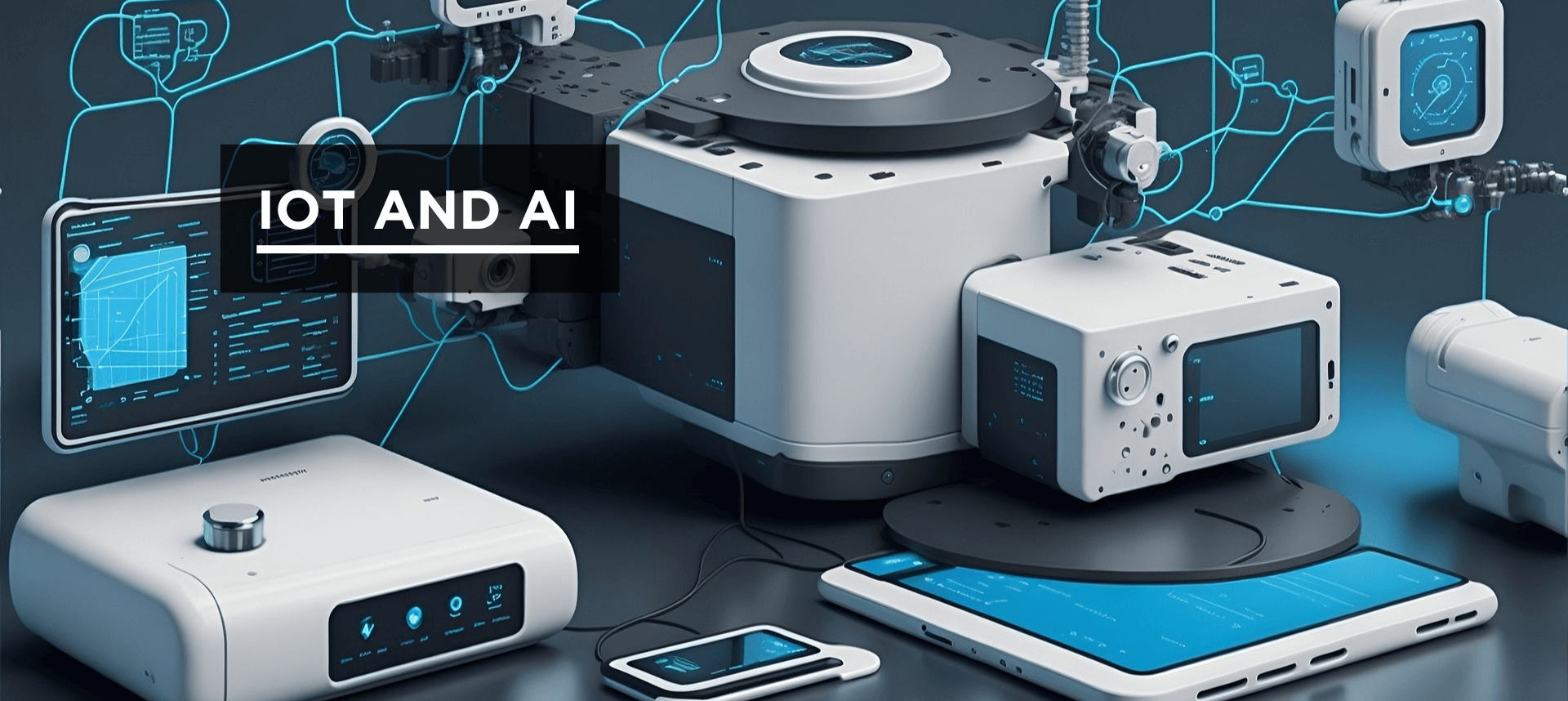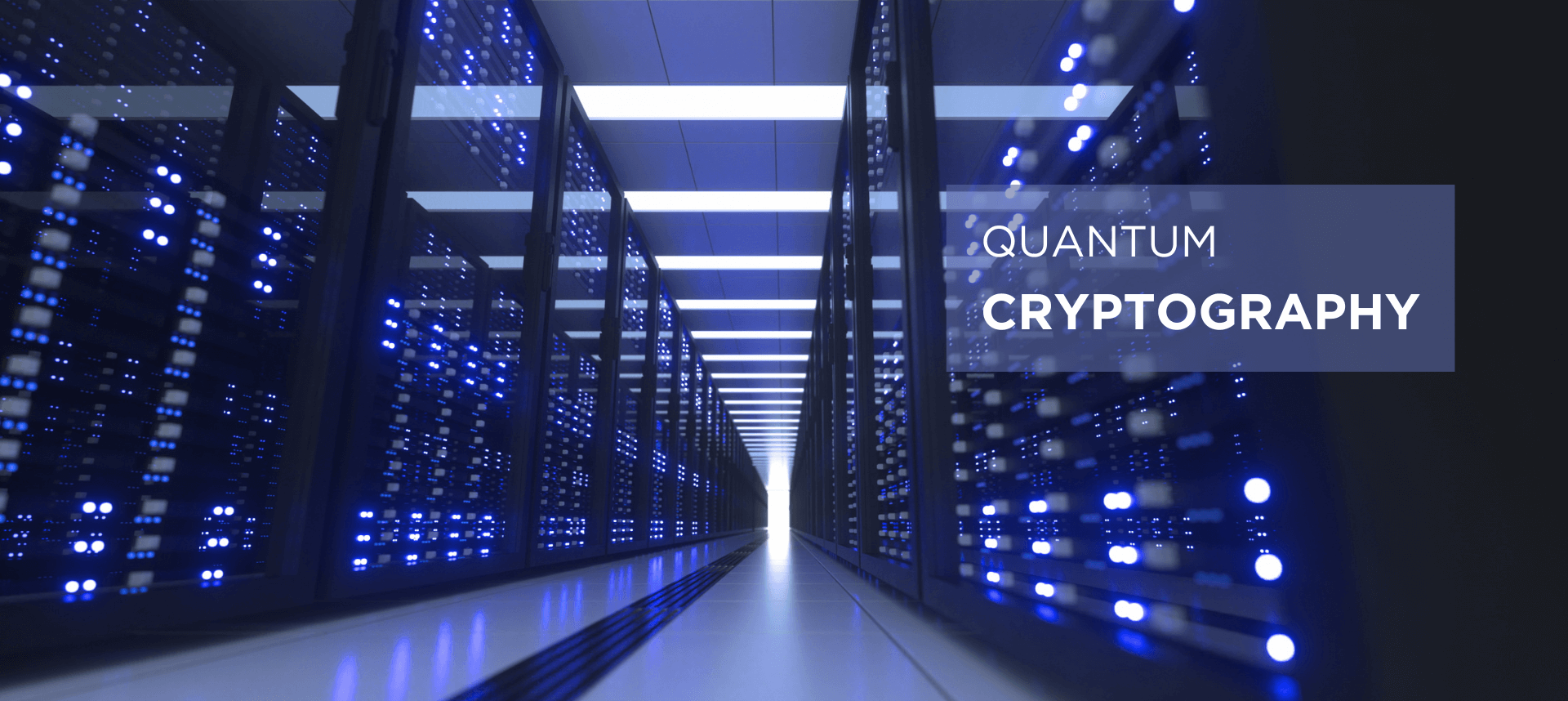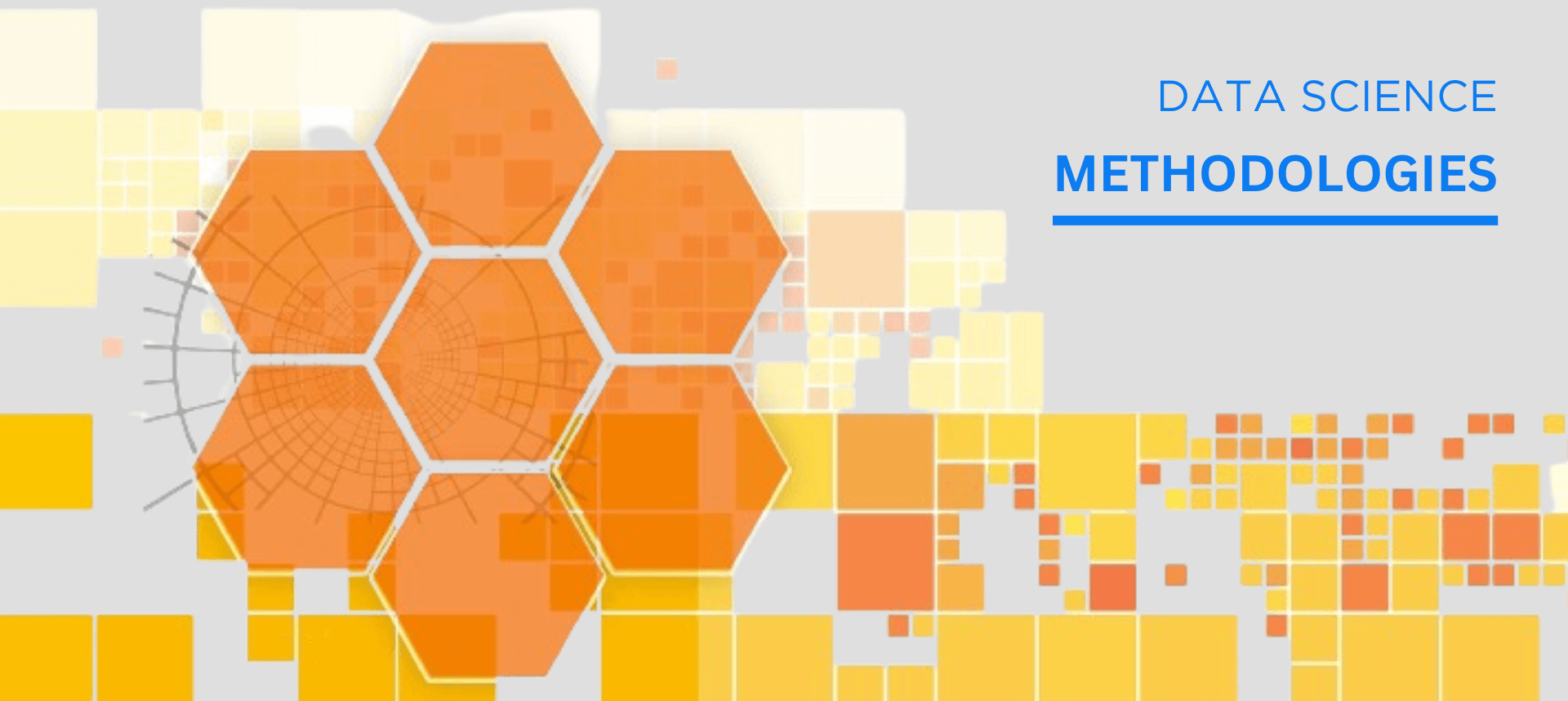- Introduction
- Building a Strong Foundation for Quantum Learning
- Setting Realistic Expectations
- Choosing the Right Learning Resources
- Interactive Learning: Hands-on Exercises for Quantum Concepts
- Demystifying Quantum Programming Languages
- Exploring Quantum Hardware: From Qubits to Quantum Gates
- Building a Quantum Toolkit: Softwares & Tools
- Understanding the Paradigm Shift From Classical to Quantum
- Quantum Computing Projects for Beginners
- Preparing for the Quantum Job Market
- Conclusion
Introduction
Quantum Computing is a cutting edge technology in the field of computing that leverages the principles of quantum mechanics to perform certain types of computations at speeds exponentially faster than classical computers. Imagine bits that can exist in multiple states simultaneously, computations performed at an unimaginable speed, and the ability to solve complex problems deemed incomprehensible by classical algorithms.
If you find yourself intrigued by the potential of quantum supremacy, qubits, and the paradigm-shifting advancements in computing, you’re in the right place. This guide serves as your quantum compass, navigating the complexities and possibilities of this cutting-edge field. Embarking on the journey into Quantum Computing may seem daunting at first but no need to worry—we’ve crafted a roadmap to demystify the basics, lay a strong foundation, and propel you into the domain of Quantum Computing. Whether you’re a novice curious about quantum concepts or a seasoned developer seeking to quantum-enhance your skill set, this comprehensive guide is tailored to illuminate your path in the world of Quantum Computing.
Building a Strong Foundation for Quantum Learning
Building a strong foundation for quantum learning begins with grasping classical computing principles, understanding bits, and delving into basic programming logic. Strengthen mathematical skills, particularly in linear algebra and complex numbers, as these concepts form the backbone of quantum mechanics. Leverage online platforms like Khan Academy, Coursera, and edX for foundational courses. Dive into quantum-specific resources, exploring introductory quantum computing courses to familiarize yourself with qubits, quantum gates, and algorithms. Practice problem-solving through platforms like Quantum Development Kit and Qiskit. Consistent learning, hands-on experience, and a solid grasp of mathematical fundamentals form the bedrock of quantum knowledge.
Setting Realistic Expectations
Setting realistic expectations when starting a career in quantum computing is crucial. Recognize that quantum computing is an evolving field with ongoing research, and breakthroughs take time. Understand that quantum concepts can be complex, requiring a gradual learning curve. Acknowledge that the technology is still emerging, and widespread quantum applications may take years to develop. Set achievable short-term goals, such as mastering foundational concepts, programming languages like Qiskit or Cirq, and contributing to simple quantum algorithms. Embrace a mindset of continuous learning, understanding that quantum computing is a journey with steady progress. Balancing enthusiasm with the awareness of the field’s current state ensures a realistic and fulfilling career path in quantum computing.
Choosing the Right Learning Resources
Choosing the right learning resources for quantum computing is pivotal for a comprehensive understanding of this intricate field. Start with foundational courses on platforms like Coursera, edX, or Khan Academy, covering classical computing, linear algebra, and complex numbers. Dive into quantum-specific courses provided by institutions like IBM Quantum Experience, Microsoft Quantum Development Kit, and Google Quantum AI. Utilize textbooks like “Quantum Computation and Quantum Information” by Nielsen and Chuang. Engage with online communities, forums, and groups such as the Quantum Computing Stack Exchange and Quantum Computing Forum. Leverage hands-on platforms like Qiskit, Cirq, or Rigetti Forest for practical experience. Tailor your resources based on your learning style and pace, ensuring a well-rounded education in quantum computing.
Interactive Learning: Hands-on Exercises for Quantum Concepts
Interactive learning, achieved through hands-on exercises, is pivotal for a profound understanding of quantum concepts. Begin your journey with simulators like Qiskit or Cirq, providing a risk-free environment to experiment with quantum circuits. Progress to real quantum hardware on platforms like IBM Quantum Experience, gaining practical insights into physical implementations. Delve into beginner-friendly quantum algorithms, such as Grover’s or Deutsch’s, fostering a deeper understanding of theoretical principles. Engage in coding challenges offered by platforms like HackerRank Quantum, honing your ability to translate quantum concepts into functional code. By actively participating in hands-on exercises, you not only solidify your comprehension of quantum computing but also develop the practical skills needed to contribute meaningfully to this dynamic and evolving field.
Demystifying Quantum Programming Languages
Quantum programming languages are specialized languages designed to express algorithms for quantum computers. Qiskit (IBM), Cirq (Google), and Quipper are prominent examples. To begin learning these languages, start with foundational knowledge in classical programming languages like Python. Familiarize yourself with the syntax and structure of quantum programs, focusing on qubits, gates, and quantum circuits.
Online Resources: Leverage online resources provided by the respective quantum computing platforms, such as Qiskit’s documentation or Cirq’s tutorials. Engage with practical examples and exercises, progressively advancing from simple to complex quantum algorithms.
Online Communities: Join quantum programming communities and forums for guidance and collaboration. These communities will expose you to the latest trends and the technology advancement at a very early stage.
Hands-on Experience: Hands-on experience, coupled with a solid understanding of quantum mechanics and linear algebra, forms the basis for mastering quantum programming languages and harnessing the power of quantum computation.
Exploring Quantum Hardware: From Qubits to Quantum Gates
Quantum computing hardware is the physical infrastructure designed to implement quantum computations using the principles of quantum mechanics. Unlike classical computers, which use bits, quantum computers use quantum bits or qubits. Qubits can exist in multiple states simultaneously, thanks to a phenomenon known as superposition, allowing quantum computers to perform complex parallel computations.
Quantum hardware typically consists of the following components:
1. Qubits (Quantum Bits): The fundamental units of quantum information. Unlike classical bits that are in a state of 0 or 1, qubits can exist in a superposition of both states simultaneously.
2. Quantum Gates: Analogous to classical logic gates, quantum gates perform operations on qubits, manipulating their quantum states. Examples include Hadamard gates, CNOT gates, and phase gates.
3. Quantum Registers: Collections of qubits that work together as a single entity. Quantum algorithms often involve the manipulation of quantum registers.
4. Quantum Circuits: Arrangements of quantum gates that implement specific quantum algorithms. Quantum circuits describe the sequence of operations on qubits.
5. Quantum Processor (Quantum Processing Unit – QPU): The physical hardware that executes quantum computations. It consists of qubits, gates, and control mechanisms to manipulate and measure qubit states.
6. Quantum Memory: Mechanisms to store and retrieve quantum information. Quantum memory is crucial for maintaining the coherence of qubits over time.
7. Control Electronics: External components that control and manipulate the quantum hardware. This includes microwave sources, lasers, and other control mechanisms to interact with qubits.
8. Quantum Error Correction: Techniques and components designed to mitigate errors arising from quantum noise and decoherence. Quantum error correction is vital for the reliability of quantum computations.
9. Quantum Connectors: Physical interfaces that allow qubits to interact with each other. This could involve physical connections or methods for creating entanglement between qubits.
10. Cryogenic Systems: Quantum processors require extremely low temperatures to minimize decoherence and maintain quantum states. Cryogenic systems ensure the hardware operates in these demanding conditions.
Exploring quantum hardware involves understanding the intricacies of these physical implementations, dealing with challenges like quantum noise, decoherence, and error correction. Quantum computers are still in the early stages of development, and researchers are actively working on improving the coherence and scalability of quantum hardware to realize the full potential of quantum computation.
Major technology companies like IBM, Google, and Rigetti Computing are actively developing and providing access to quantum hardware through cloud platforms, allowing researchers and developers to experiment with and explore the potential of quantum computing.
Building a Quantum Toolkit: Softwares & Tools
Building a Quantum Toolkit involves assembling the necessary software and tools to engage with and explore the field of quantum computing.
1. Quantum Programming Languages: Learn languages like Qiskit (IBM), Cirq (Google), or Quipper, which allow you to write quantum algorithms. These languages provide abstractions to work with qubits, quantum gates, and quantum circuits.
2. Quantum Simulators: Start with simulators that emulate quantum behavior on classical computers. Qiskit and Cirq come with built-in simulators, enabling you to experiment and debug without accessing real quantum hardware.
3. Quantum Development Kits: Platforms like IBM Quantum Experience and Microsoft Quantum Development Kit offer comprehensive toolkits. They include simulators, real quantum processors, and educational resources to support quantum learning.
4. Quantum Libraries: Leverage libraries such as Qiskit Aqua or Rigetti Forest to access pre-built quantum algorithms and tools for specific applications like optimization or chemistry simulations.
5. Educational Platforms: Explore platforms like Quantum Development Kit by Microsoft, providing learning resources, tutorials, and hands-on projects for aspiring quantum developers.
6. Community Forums: Engage with the quantum computing community on platforms like Stack Exchange or Quantum Computing Forum. Participating in discussions and seeking help can accelerate your learning.
8. Online Courses: Enroll in quantum computing courses on platforms like edX, Coursera, or Udacity. These courses cover everything from the basics to advanced quantum algorithms.
Building a Quantum Toolkit equips you with the necessary software and resources to understand, experiment, and contribute to the exciting and evolving field of quantum computing.
Understanding the Paradigm Shift From Classical to Quantum
Understanding the paradigm shift from classical to quantum computing involves grasping the fundamental differences between these two models of computation. Here’s an overview:
1. Bit vs. Qubit: Classical computers use bits as the basic units of information, representing either 0 or 1. Quantum computers, on the other hand, use qubits, which can exist in a superposition of 0 and 1 simultaneously, thanks to quantum superposition.
2. Entanglement: In quantum computing, qubits can become entangled, meaning the state of one qubit becomes correlated with the state of another, regardless of the physical distance between them. This phenomenon enables quantum computers to perform certain calculations more efficiently than classical computers.
3. Quantum Gates: While classical computers use classical logic gates (like AND, OR, NOT), quantum computers use quantum gates. These gates manipulate qubits in ways that exploit quantum properties such as superposition and entanglement.
4. Quantum Parallelism: Quantum computers can process multiple possibilities simultaneously due to superposition. This parallelism allows them to solve certain problems exponentially faster than classical computers.
5. Measurement in Quantum Mechanics: In the quantum world, measurement can fundamentally alter the state of a system. Unlike classical bits, which remain in a definite state upon measurement, qubits collapse to a specific state, influenced by probabilities dictated by quantum principles.
Understanding this paradigm shift requires letting go of classical intuitions and embracing the unique principles of quantum mechanics. It marks a transformative leap in how we approach computation, unlocking the potential for solving problems that were previously considered intractable.
Quantum Computing Projects for Beginners
Embarking on quantum computing projects for beginners is a great way to apply theoretical knowledge and gain practical experience. Here are some project ideas:
1. Quantum Coin Flipping: Simulate a quantum version of a coin flip using qubits and quantum gates to understand basic quantum principles like superposition.
2. Quantum Random Number Generator: Develop a quantum algorithm to generate random numbers leveraging quantum properties.
3. Grover’s Algorithm Implementation: Implement Grover’s algorithm, a quantum search algorithm, to search an unsorted database more efficiently than classical algorithms.
4. Quantum Teleportation Simulation: Simulate the quantum teleportation protocol to understand the transfer of quantum states between particles.
5. Quantum Circuit Optimization: Explore ways to optimize quantum circuits for better performance and resource utilization.
Preparing for the Quantum Job Market
Preparing for the quantum job market involves a strategic approach to developing skills and staying abreast of industry trends:
1. Education: Acquire a strong educational background in quantum computing, including online courses, certificates, or even degree programs if possible.
2. Hands-On Experience: Actively engage in hands-on projects and gain practical experience with quantum programming languages and platforms.
3. Networking: Connect with professionals in the quantum computing field through online forums, social media, and attend industry events or conferences.
4. Stay Updated: The field of quantum computing evolves rapidly. Stay informed about the latest advancements, technologies, and research by following reputable sources and publications.
5. Collaborate on Open Source Projects: Contribute to quantum computing open source projects. Collaboration not only enhances your skills but also exposes you to real-world applications.
6. Build a Portfolio: Showcase your projects, achievements, and skills through a portfolio. This can be a crucial asset when applying for quantum-related positions.
7. Soft Skills: Develop soft skills such as problem-solving, critical thinking, and effective communication, which are valuable in any job market.
By combining hands-on experience, continuous learning, and a strategic approach to skill development, you can position yourself effectively in the growing quantum job market.
Conclusion
In conclusion, embarking on the quantum computing journey as a beginner is an exciting and rewarding endeavor. By breaking down the basics, building a strong foundation, and setting realistic expectations, you pave the way for a transformative learning experience. Choosing the right learning resources, engaging in hands-on exercises, and exploring quantum programming languages equip you with the tools needed to navigate the complexities of quantum computing.
As you progress from classical to quantum thinking, remember to leverage community support, stay updated with the latest advancements, and participate in collaborative projects. Whether you’re fascinated by the theoretical underpinnings or eager to contribute to real-world applications, the quantum realm offers a vast landscape for exploration.
Prepare for the quantum job market by acquiring a solid education, gaining hands-on experience, and staying connected with the vibrant quantum community. As you celebrate milestones, track your progress, and embrace the paradigm shift from classical to quantum, your journey in quantum computing becomes not just a learning path but a thrilling odyssey into the future of computation. The quantum frontier awaits, and as a beginner, you’re poised to embark on a journey of endless possibilities.





